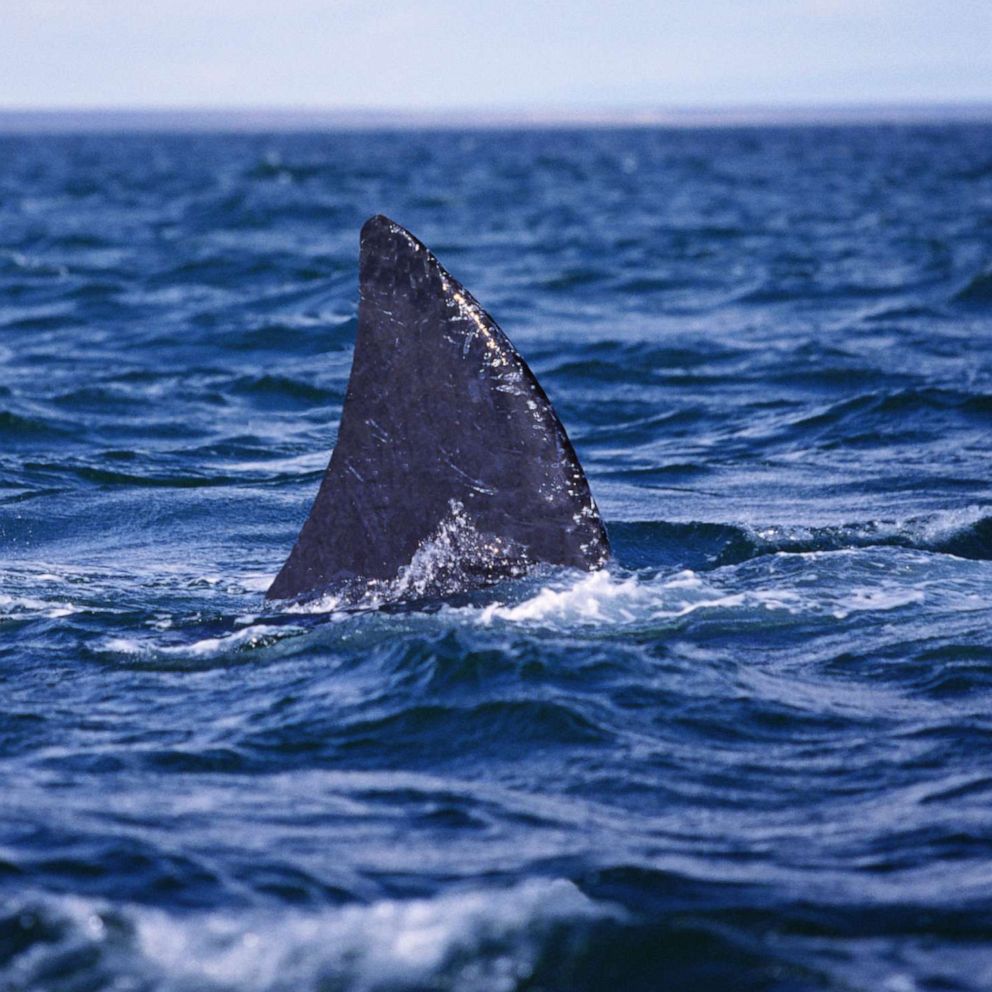National Park Service Is Actually Courting Minorities
Working-class Paterson, N.J., has both a national park and a national landmark.
April 17, 2013— -- The National Park Service wants to attract people to a working-class city less than 25 miles outside Manhattan.
That might sound curious, but the agency is taking this new approach in hopes of bringing more visitors, specifically the country's growing minority population, into the parks.
Why? Well, the Park Services faces looming budget cuts due to sequestration. They've also seen fewer overnight visitors in recent years, which means limited revenue from things like camping permits.
Part of that has to do with the nation's demographics. Visitors to national parks are overwhelmingly non-Hispanic whites. That hasn't changed since the 1960s, but the country's population has. And the parks haven't done a good job of attracting non-white visitors.
"If the American public doesn't know that we exist or doesn't care, our mission is potentially in jeopardy," director of the Park Service Jonathan B. Jarvis told The New York Times several years ago.
While 36 percent of whites said they had visited a national park in the past two years, according to a 2003 study, only 13 percent of black respondents and 27 percent of Latinos said the same. Minorities were more likely to feel they might be mistreated and be nervous about safety. Many also simply hadn't considered it as a vacation option, and Spanish-speakers sometimes faced language barriers when it came to learning about the parks.
But maybe that's where Paterson, New Jersey, an economically struggling city made up almost entirely of minorities, comes in. The crumbling baseball field in town and a nearby waterfall might not sound worthy of funding from the Park Service. But dig a little deeper and a rich history emerges.
Paterson Great Falls, which became a national park in November 2011, played a role in the Industrial Revolution. Now home to mostly blacks and Hispanics, Paterson used to be a booming immigrant factory town. The factories were powered by the waterfall with water from the Passaic River.
According to the Associated Press, an audio tour featuring NBC "Nightly News" anchor and New Jersey native Brian Williams, Paterson native and New York Giants wide reciever Victor Cruz and Pulitzer Prize-winning author Junot Diaz will be available shortly.
Last month, Park officials also designated Paterson's Hinchliffe Stadium a national landmark. Now vacant and covered in graffiti, the playing field used to host popular "Negro League" baseball games back when the sport was segregated. The New York Cubans played there along with the New York Black Yankees. All told, nearly a dozen National Baseball Hall of Famers played at Hinchliffe Stadium.
Unlike national parks, landmarks are not owned by the federal government. They are simply "nationally significant historic places that possess exceptional value or quality in illustrating or interpreting the heritage of the United States."
The local school system owns Hinchliffe, but could not afford to keep it maintained. However, the Paterson City Council recently voted to devote $1.5 million to fix it up. They're hoping to inspire people to visit both the field and nearby waterfall, and to learn about largely unrecognized heroes in the process.
"The efforts in Paterson to win national status for the falls and the ballpark were aided by a growing push to recognize the nation's quieter heroes," wrote the AP. We're talking about "the immigrant laborer or the Negro Leagues player who may not have had Jackie Robinson's name recognition but fought alongside him to change the status quo, said Giacomo DeStefano, director of the Paterson Museum."




